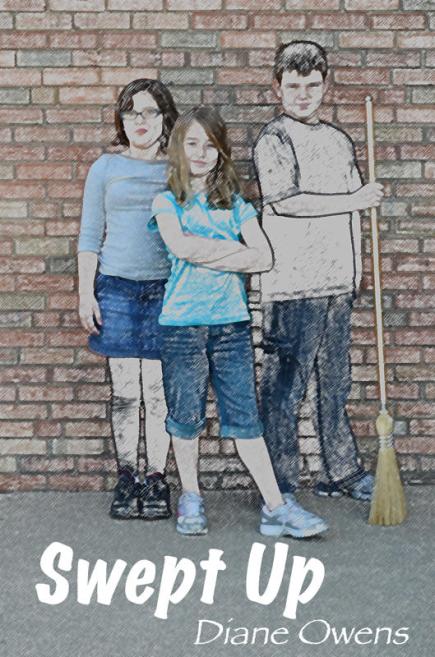Readers want trouble on the first page. You don’t have the time or space to show every moment that leads up to it. Still, if something happened before your story begins that causes your characters to act or feel a certain way, readers should know about it.

Use Your Characters
To tell readers about something that happened before your story starts, have your characters talk about it or have your MC think about it. This will seem more natural if there’s a reason for them to discuss or remember the past event.
Or Use a Flashback
If the past event has a big effect on your story or if it includes a lot of trouble or excitement, you may want to show the event in a moment-by-moment scene. This is called a flashback. Flashbacks need to be set up and use slightly different grammar.
To set up the flashback, use something in the present scene to make your MC think about the past event. Lead into the flashback with a phrase like “(Your MC) remembered when…” or “This was just like the time when…”
When you begin your flashback, use “had” before your verbs. This is the past perfect tense and it lets readers know this scene happened before the rest of your story’s scenes. Like this: “Jordan remembered the last time she had spent the night at Kelsey’s house. It was three months ago and…” or like this: “This was just like the time Matt had run into the old lady. She’d been shuffling along the sidewalk and…”
In the example, I wrote “had run” instead of “had ran.” That’s because the past perfect tense uses the verb’s past participle. That sounds confusing but don’t let it be. Most of the time, it is simply sticking “had” in front of the verb, unless the verb is irregular. In that case, you’ll use “had” with the verb’s slightly different past participle. Here’s a list of irregular verbs and their past participles.*
Use the past perfect tense for the first two or three verbs in your flashback then go back to regular past tense for the rest of the scene. Using “had” won’t be necessary after that and it’ll just annoy your readers.
When you reach the end of the flashback, let readers know the story is returning to its current time. Using the word “now” is usually enough.
To practice the tips and techniques on this page, go to the activities page for Past Events.
Thanks to myenglishteacher.net for letting us share their awesome list. Their site offers tons of help with grammar rules. Use them any time by clicking My English Teacher on the blogroll at the bottom of any page.




